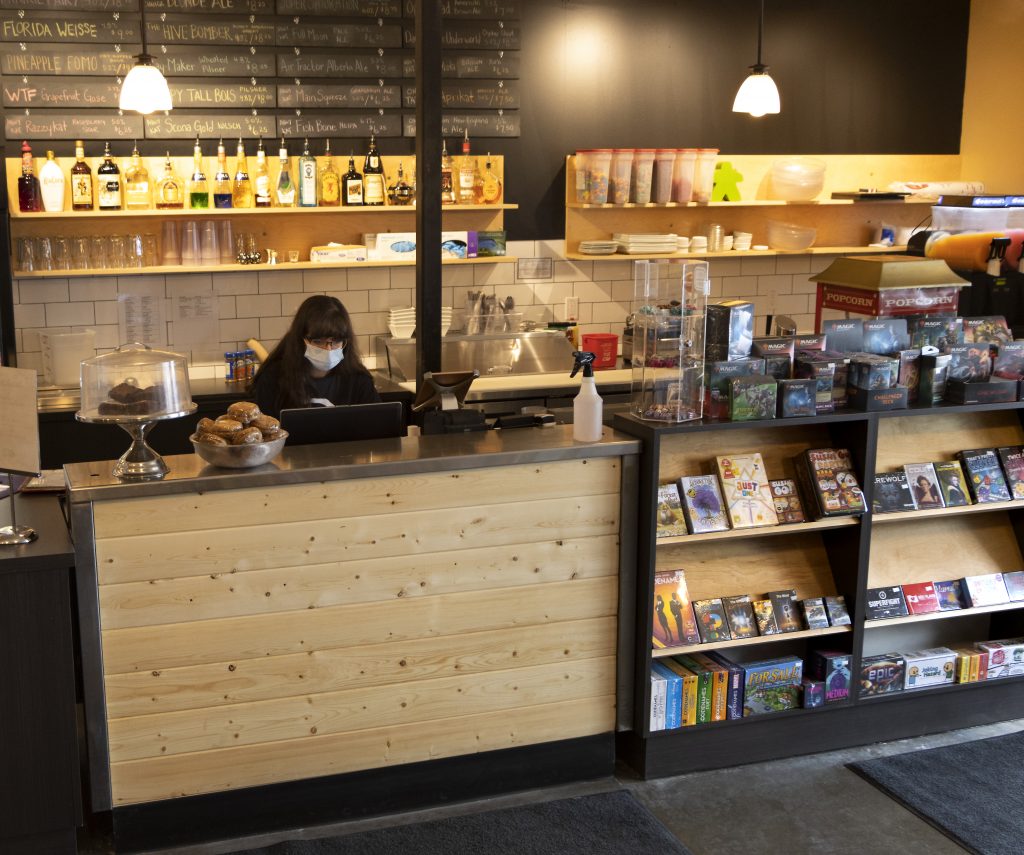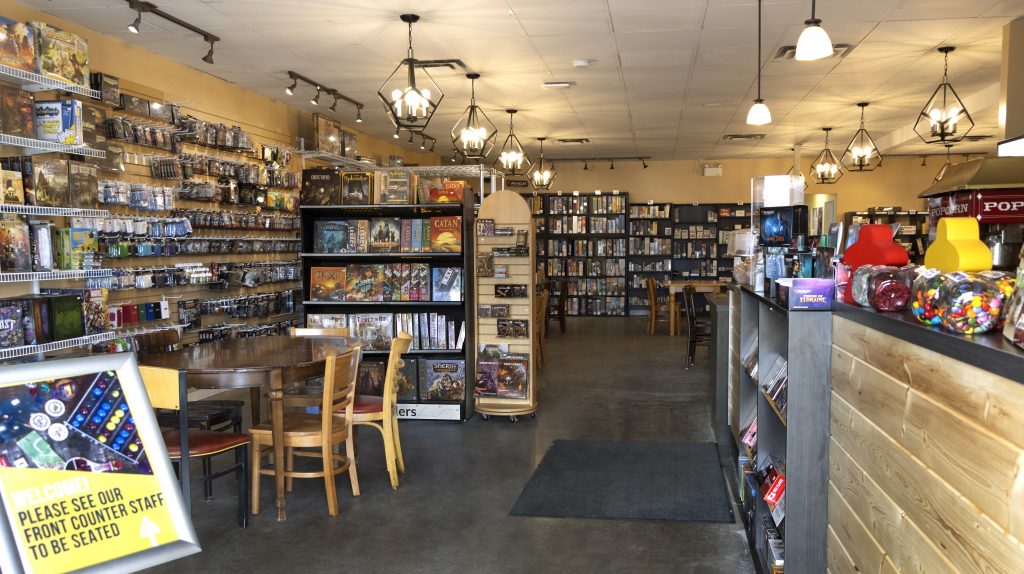Restaurants Across Canada are Saying Goodbye: Your local could be shutting down
Twelve years ago, during what was, at the time, the biggest recession of our generation, Chef Robert Belcham and his partners built a regionally specific Italian restaurant in Vancouver called Campagnolo. Set up as a casual and approachable destination, the restaurant focused on locally-sourced food, supported by a full charcuterie and butchery program. When COVID-19 hit earlier this spring, Chef Belcham closed the doors for what he thought, like many other restaurant owners, was only going to be a temporary measure. Unfortunately, like many other restaurant owners, he has recently had to accept the sad news that Campagnolo will never be opening again—COVID-19 simply made it too tough to continue.
It’s a story we are hearing far too often these days, as restaurants across Canada—from local institutions to new spots hustling to establish themselves—continue to close as COVID-19 ravages an industry already plagued by razor-thin margins. Owners face not only the emotional loss of their business but also face large debt, little savings or contingency, and an uncertain future.
A survey conducted by Restaurants Canada in April found that while one in 10 restaurants have already been forced to close permanently, another 18 per cent of restaurants may have to close their doors for good if conditions continue. Due to steep reopening costs on top of debt accumulated during the pandemic, a typical table service restaurant could be facing more than $90,000 in losses and between 17 to 35 months to return to positive cash flow.* It’s a sad reality for some operators, that business won’t ever recover, and they will have to close permanently.

Closing a restaurant isn’t a decision that is taken lightly. Owners spend countless hours and large sums of money trying to invest their passion for food into a successful business. For owners, closing their second home is devastating. “It was absolutely awful,” says Chef Belcham. “When we first closed down the first thought that came to my head was my staff and how to ensure they are safe and taken care of.”
For Brian Flowers, owner of Table Top Café, a board game café he describes as a special blend of coffee shop, board game library and retail store, the hardest part was admitting defeat. With two locations in Edmonton, Alberta, Flowers was forced to permanently shut his downtown location in April. “In order for this downtown store to function, it has to be full. So, it needs social distancing to not be a thing, or there’s just no way to make enough money,” he says.
Apart from the emotional toll of closing a restaurant, the logistics of shutting a restaurant can also be overwhelming: laying off staff who have become part of the family, disposing of inventory, and selling off assets. Flowers laid off all 19 of his employees, so they could begin the process of applying for employment insurance right away and leveraged social media to sell assets with loyal customers buying the chairs or tables they played at. When he first shut the doors of Campagnolo, Chef Belcham and his team did everything they could to preserve food, transforming fresh herbs to pesto, vegetables to pickles, and freezing everything that could be frozen. “Then we had to figure out a way to liquidate almost everything, from kitchen equipment to furniture to $40,000 worth of wine. It involved a lot of difficult decisions. It’s not fun and it’s not easy. There’s a strong emotional attachment to everything in that space and it’s hard to sell your heirlooms,” he says.

Flowers and Chef Belcham were both lucky when it came to rent negotiations. Flowers had an excellent relationship with his landlord who was able to buy him out and Chef Belcham owned the building where the restaurants lived. “That allowed us a bit of flexibility, we still have a mortgage, but we didn’t have to worry about talking to a landlord.”
While the CECRA program has been a controversial topic, Chef Belcham feels the government has done some good things, like implementing CERB, and appreciates how local governments quickly pivoted to ensure patios licenses and extensions were put in place. However, he feels that more can be done to help restaurant owners, such as “easing up on payroll taxes, easing up on GST and HST remittances and giving bailouts to smaller businesses versus larger corporations to help those who really need the help.”
It’s also
important for restaurateurs to recognize that while driven by a fervent love
for food, ultimately restaurants are businesses that cannot be run on passion
alone. Says Chef Belcham: “So many people go bust because their passion
outweighs the logical side of their brain. There’s always room for passion, but
what is the point if you can’t pay your staff. Restaurant owners are not shy of
hard work, but they must understand it’s not their fault they are struggling,
it’s not because they are not working hard enough. It’s not on them. Do what is
logical and smart and do what is best for your business and not for your ego.

Unfortunately, time has run out for Chef Belcham and Flowers and their businesses. But for Chef Belcham it was the right decision: “Closing down was the right decision in the beginning and closing down completely was the best decision for my business. My partners and I reviewed over 12 years of data to see how much we could possibly make and decided maybe it’s time to go out on top and be masters in control of our destiny. I didn’t want to be the one completely stressed out every day trying to figure out how to make this work.” Flowers agrees: “I did a survey with my customers asking what they would need to come back and 20% said they wouldn’t come back without a vaccine. I wasn’t ok loosing 20% of my business. You need to be realistic and honest with yourself—look in the mirror and make the difficult decision.”
So, what does the future hold for Flowers and Chef Belcham? Lots of hope. Flowers has pivoted his business model, participating in farmers markets and looking for new virtual revenue opportunities. Chef Belcham continues to keep his other two restaurants running and optimistically plans to open another restaurant in the spring—a quick service burger concept.
He also sees this period as an opportunity for the restaurant industry to fix what he calls a broken system: “The restaurant business has been broken for so long and COVID-19 exposed it for what it is. There is no better time in our industry than right now to figure out a way to fix the ongoing issues. Most restaurants are only thinking about their survival, but they should also be thinking of a way to make it better for everyone.” m
*Model is based on a licensed, 80-seat, full-service restaurant, with annual sales of $1.8 million, which was shut down from March 18 – May 31, 2020, except for takeout and delivery. (Source: The Fifteen Group)
For the most up-to-date information on government support programs, please see the Restaurants Canada Industry News page.










It is indeed a hard pill to swallow, watching all your past efforts come to a halt and none of it being the fault of the restaurant owners. That said, how many restaurants were just making a go of it in 2018-19? Those were hay days and if you weren’t banking money then …ah well you shouldn’t be in the business. As for what I constantly see, hear and read from the media and trade is “RAZOR THIN MARGINS”. If so, why would you invest your time and money into that concept? As a business person, I have to ask…what are you thinking? Investing inordinate amounts of hours along with hanging by a thread of financial stability isn’t a practical business model. Sorry no tears from me, plus way too many restaurants.
I like to use the hot dog vendor analogy. Here in Toronto there used to be ONE hot dog cart at the four corners of any busy intersection. They probably made a living. Now there are still only 4 corners, but 8 hot dog vendors…..really people? How many hot dogs are needed?
Keep well and safe